Czech Republic is a country in central Europe. It is bordered by Poland to the north, Slovakia to the east, Austria to the south, and Germany to the west. Prague is the capital and largest city. The country is also known as Czechia.
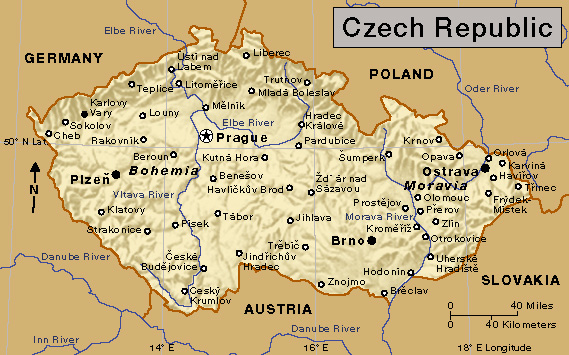
Most of the people in the Czech Republic belong to a Slavic group called Czechs. Two regions—Bohemia in the west and Moravia in the east—make up most of the republic. The country also includes a small part of a region called Silesia, which extends from the northern section of the Czech Republic into Poland.
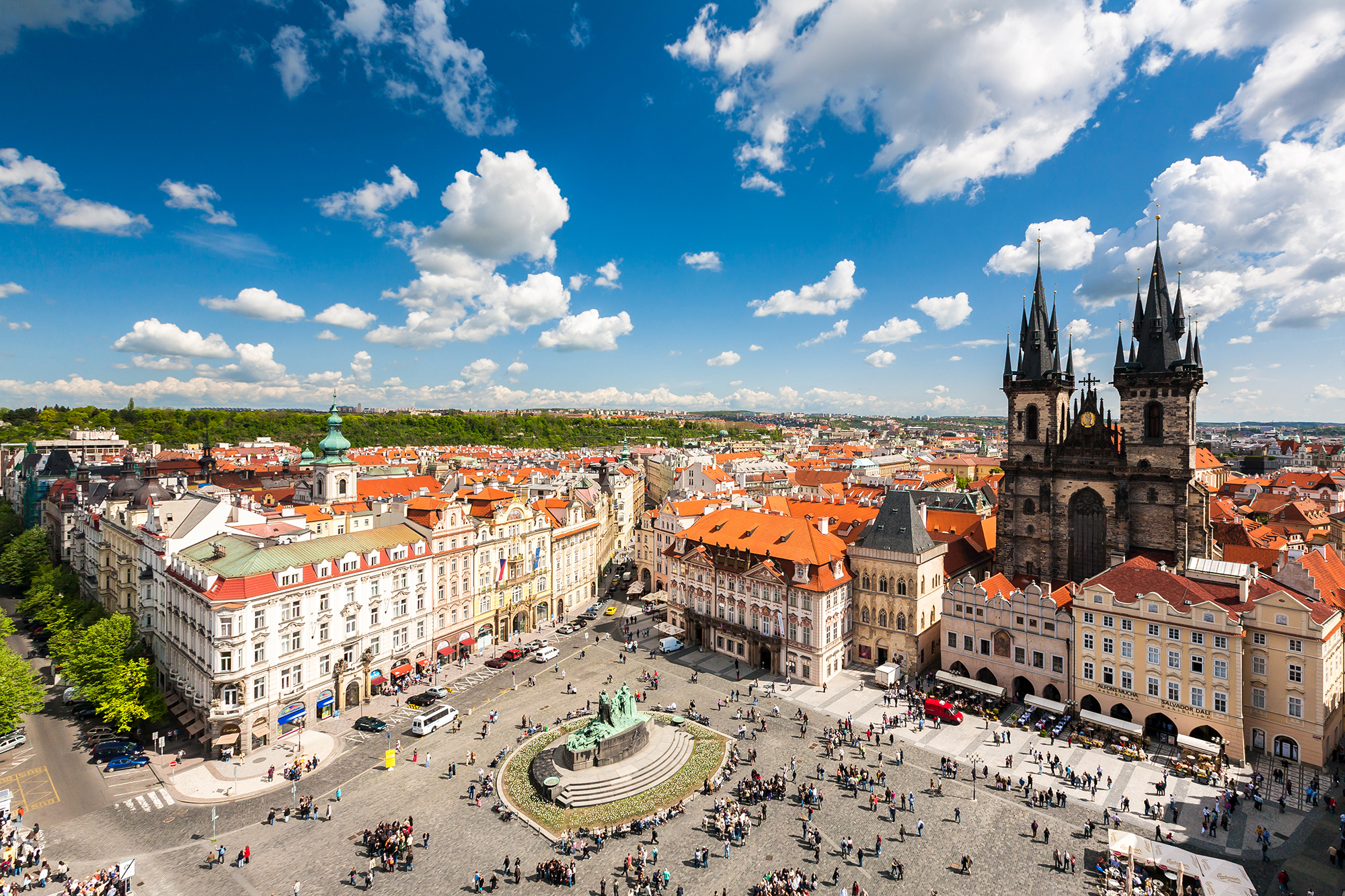
The area that is now the Czech Republic has been an industrial center since the 1800’s. In 1918, at the end of World War I, the area became part of the newly created nation of Czechoslovakia. From 1948 until 1989, when Communists ruled Czechoslovakia, the nation’s people had one of the highest standards of living in Communist central and eastern Europe. However, their prosperity declined in the 1980’s, and dissatisfaction with the Communist government grew. In 1989, after mass protests, the country’s top Communist leaders resigned. Non-Communists took over the Czechoslovak government.
Soon after the Communists left office, tensions began to build between Czechoslovakia’s two main ethnic groups, the Czechs and the Slovaks. In mid-1992, Czech and Slovak leaders decided to split Czechoslovakia into two nations, one for Czechs and one for Slovaks. On Jan. 1, 1993, the Czech Republic and Slovakia were formed to replace Czechoslovakia.
Government
National government.
The Czech Republic is a parliamentary democracy. A two-house Parliament makes the country’s laws. The 81 members of the smaller house, called the Senate, serve six-year terms. Voters elect one-third of the senators every two years. The 200 members of the larger house, called the Chamber of Deputies, are elected to four-year terms. The president, elected by popular vote, is head of state. The president serves a five-year term and cannot serve more than two consecutive terms. The president appoints a prime minister, who heads the government and oversees its day-to-day operations. The prime minister names a cabinet to help carry out the executive functions of government.
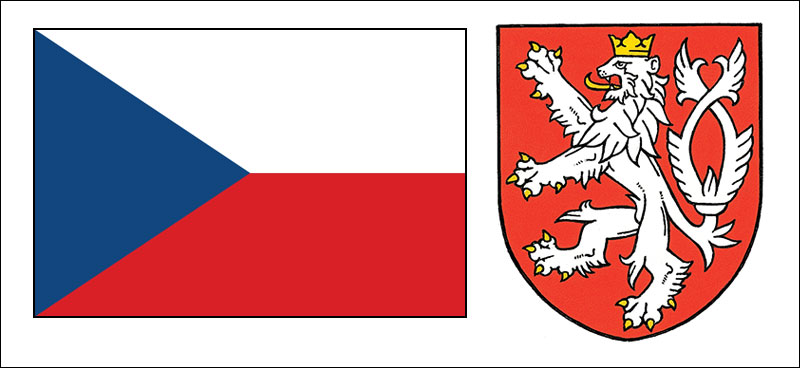
Local government.
The Czech Republic is divided into 14 regions. The nation’s largest city, Prague, forms one of these regions. Each region is governed by an elected assembly. Cities, towns, and villages also have their own local governments.
Loading the player...Czech Republic's national anthem
Politics.
The Czech Republic has many political parties. Leading parties have included the Civic Democratic Party, which is a moderately conservative party, and the populist ANO (Action of Dissatisfied Citizens) party. Other parties include the Pirate Party, the Mayors and Independents party, the Christian Democratic Union-Czechoslovak People’s Party, and the Tradition Responsibility Prosperity 09 (TOP 09). The Czech Social Democratic Party ranked as one of the country’s largest parties in the first decades after independence. All Czech citizens 18 years of age and older may vote.
Courts.
The Supreme Court is the Czech Republic’s highest court. The Czech Republic also has a constitutional court and high, regional, and district courts.
Armed forces.
The Czech Republic has an army and an air force. Military service is voluntary.
People
Population.
About 90 percent of the people of the Czech Republic are Czechs. About 5 percent are Moravians, and about 2 percent are Slovaks. Small numbers of Germans, Hungarians, Poles, Roma (sometimes called Gypsies), Russians, Silesians, Ukrainians, and Vietnamese also live in the Czech Republic.
Before World War II (1939-1945), Czechoslovakia had a large Jewish population. But almost all the Jews were killed by Nazis during the war. Today, only a few thousand Jews live in the Czech Republic. Most of the Jews make their homes in Prague, which has a well-preserved Jewish synagogue and cemetery.
Ancestry.
The Czechs are descendants of Slavic tribes who settled in the region by about A.D. 500. Bohemia gets its name from the Boii, a Celtic tribe that probably lived in the region in about the 400’s B.C. There have been large German settlements in what is now the Czech Republic for much of the region’s history.
Language.
The official language of the Czech Republic is Czech. Moravians speak a form of Czech that is slightly different from that spoken in Bohemia. Slovaks speak Slovak, a language that is closely related to Czech. The Roma speak Romany, which belongs to the Indo-Iranian group of languages. Other minority groups speak their own languages at home but generally also speak Czech.
Way of life
City life.
Most of the people in the Czech Republic live in towns and cities. Prague, the country’s capital, is also its largest city.
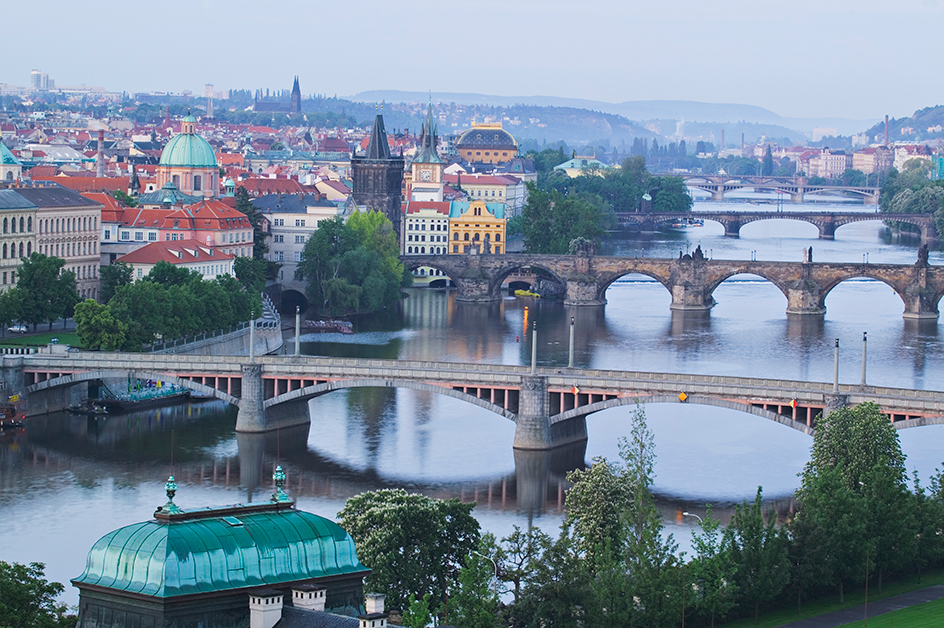
The Czech Republic has a severe housing shortage. Most of the people in urban areas live in apartment buildings. Many of these buildings are poor quality high-rises that were built during the Communist era.
Air pollution is a health threat in the Czech Republic, especially in the cities. Alcoholism, crime, and drug abuse are also serious problems.
The Czech government has worked hard to move the country from a Communist state-controlled economy to one based on private enterprise. Despite disruptions caused by the shift, the people of the Czech Republic still have one of the highest standards of living in post-Communist central and eastern Europe. Most households have automobiles, refrigerators, televisions, and washing machines. Many city families have country cottages.
Rural life.
People in rural areas usually work in agriculture or travel to cities or nearby factories to work. Rural families often live in single-family homes.
Food and drink.
The Czech diet is close to that of Germany. Pork is a popular dish, as are sliced, boiled dumplings and pickled cabbage. Carp with potato salad is a traditional Christmas menu. Apple strudel is a favorite dessert.
World-famous Czech beer is the main alcoholic beverage consumed in the Czech Republic. Plzeň’s breweries invented a type of pale beer that became known as Pilsner. Several fine wines are made in Moravia.
Recreation.
Favorite forms of recreation in the Czech Republic include attending and playing in soccer matches and other sporting events, and watching motion pictures and television. Many people gather in pubs to chat, play games, and drink. Outdoor activities, including gardening, hiking, and such winter sports as skiing and skating, are also popular.
Religion.
The Communist rulers of Czechoslovakia tried to keep people from practicing religion. In 1990, Czechoslovakia’s new government granted the people full religious freedom. The majority of Czechs still practice no religion. About one-fourth of the people are Roman Catholics. Other active churches include the Orthodox Church, the Czechoslovak Hussite Church, and the Czech Brethren. The Jewish population is working to revive Jewish culture and customs.
Education.
Czech law requires children to attend nine years of elementary school. A student may then attend a vocational or technical secondary school, a teacher training institute, or a general education school.
Charles University in Prague is one of the oldest universities in Europe. It was founded in 1348. Other universities are in Brno, Olomouc, and Opava.
The arts.
The composers Antonín Dvořák and Bedřich Smetana, who wrote their major works in the late 1800’s, are considered the founders of the Czech national school of music. Composer Leoš Janáček created operas in the early 1900’s that show his interest in Moravian folk music. Today, country music, jazz, and rock are also popular in the Czech Republic. Loading the player...
Czech traditional band music
The first major works of literature in Czech were written in the 1300’s. Czech literature flowered during an awakening of national identity that began in the late 1700’s and continued into the early 1900’s. Outstanding authors from the later period include Karel Čapek; Jaroslav Hasek; and Franz Kafka, who wrote in German.
Czechoslovakia’s Communist government attempted to limit artistic expression. However, many Czech artists, filmmakers, and writers resisted political control. Milos Forman, Jiri Menzel, and other Czech New Wave filmmakers achieved worldwide acclaim during the 1960’s for motion pictures that criticized social and political conditions. Many Czech writers became known outside of Czechoslovakia for their works. These writers include the novelist Milan Kundera; the playwright Václav Havel, who later became president of Czechoslovakia and of the Czech Republic; and the poet Jaroslav Seifert, who won the Nobel Prize in literature in 1984. The non-Communist government removed restrictions on art in 1990.
Land and climate
The Czech Republic consists of five main geographic regions: (1) the Bohemian Mountains; (2) the Sudeten Mountains; (3) the Bohemian Basin; (4) the Bohemian-Moravian Highlands; and (5) the Moravian Lowlands.
The Bohemian Mountains
are a series of mountain ranges in the western part of the Czech Republic. These ranges include the Ore Mountains in the northwest and the Bohemian Forest in the west and southwest. This region, which rises more than 2,500 feet (762 meters) above sea level, is known for its ski slopes and spas (health resorts). Many people visit the spas at Karlovy Vary (also called Karlsbad) and Marianske Lazne (also called Marienbad) to drink waters from the mineral springs there or to bathe in them. Coal mining in the Ore Mountains and industrial pollution have damaged the region’s environment. The Bohemian Forest is an important source of lumber and wood products.
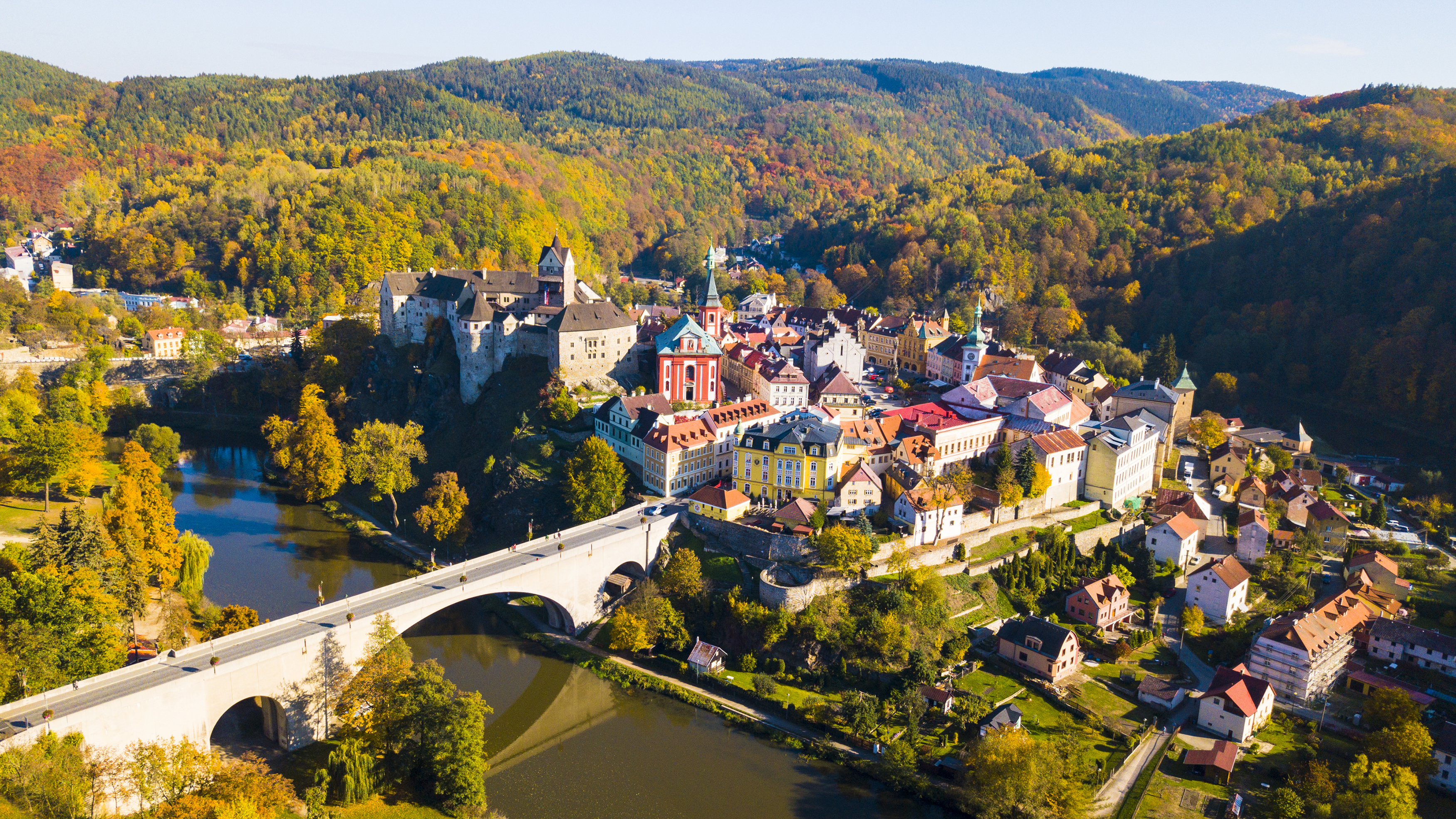
The Sudeten Mountains
form much of the Czech Republic’s northern border. The Krkonose (Giant) Mountains of the Sudeten system have one of the country’s largest nature preserves. In the second half of the 1900’s, acid rain and other kinds of pollution threatened the animal and plant life of these mountains. Efforts to reduce pollution have helped restore some of the mountain forests.
The Bohemian Basin
is in north-central Bohemia. This region of low plains and rolling hills has much fertile farmland. Prague and Hradec Králové are among the region’s industrial centers. Several major rivers, including the Elbe, Ohre, and Vltava, flow through the basin.
The Bohemian-Moravian Highlands
cover much of the central part of the Czech Republic. High plains, plateaus, and low hills make up this largely agricultural region. Plzeň, the largest city in the area, is a major manufacturing center noted for automaking and beer brewing. The Sazava, the Vltava, and several smaller rivers drain the highlands.
The Moravian Lowlands
occupy the southeastern part of the country. Farmers grow a variety of crops in the fertile valley of the Morava River. Many farmers also raise cattle there. The city of Ostrava is an industrial and mining center. Important coal fields lie nearby. The Morava and Oder are the chief rivers of the lowlands.
Climate.
The Czech Republic has warm summers and cold winters. Temperatures vary greatly by elevation. They range from an average of 23 °F (–5 °C) in winter to 68 °F (20 °C) in summer. Annual precipitation (rain, melted snow, and other forms of moisture) ranges from 18 to 41 inches (45 to 103 centimeters).
Economy
After the Communists came to power in Czechoslovakia in 1948, they began managing all aspects of the economy. They put all factories and almost all farms under state control. The economy thrived until the 1960’s, when poor planning, labor shortages, and other problems caused it to decline.
After the Communist government resigned in 1989, Czechoslovakia’s new leaders moved quickly to create a free enterprise economy, in which businesses could operate without extensive government control. Many new businesses were established, especially in the service industries. Today, the Czech Republic has one of central and eastern Europe’s most developed economies.
Service industries.
Many Czechs work in service industries. During the Communist period, the service sector was largely undeveloped, but it has since grown rapidly. There are now many privately owned banks and other service industry establishments. Tourism is important to the Czech economy. Hotels, restaurants, and retail trade establishments benefit from the millions of tourists who visit the Czech Republic each year.
Manufacturing and mining.
Manufacturing employs much of the labor force of the Czech Republic. Leading manufactured products include chemicals, electronics, food and beverages, iron and steel, machinery, metal products, and motor vehicles. The main manufacturing centers include Brno, Hradec Králové, Mladá Boleslav, Ostrava, Plzeň, Prague, and Ústí nad Labem.
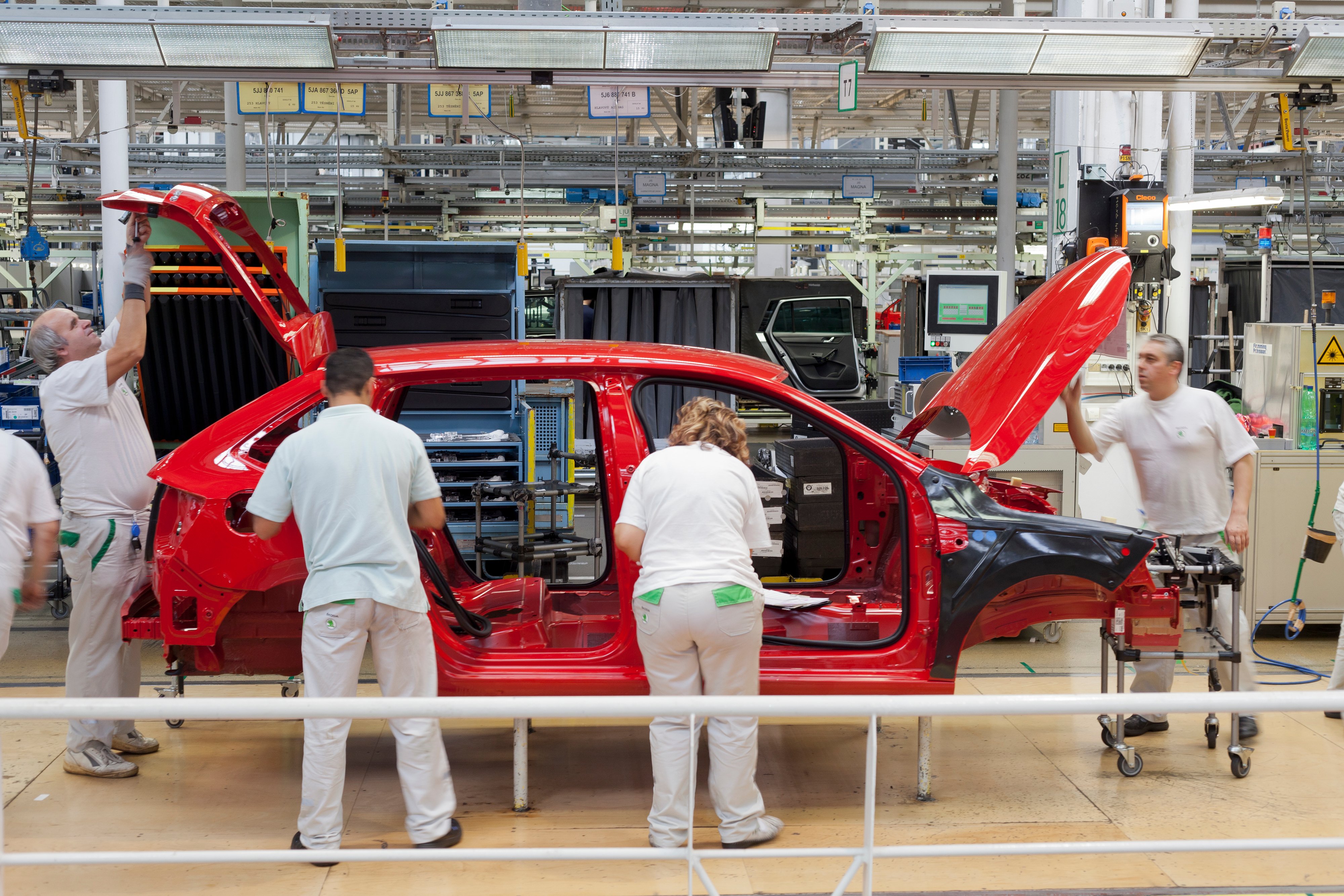
Agriculture
employs a small percentage of the workers of the Czech Republic. Major crops include barley, corn, fruits, hops, potatoes and other vegetables, rapeseed, rye, sugar beets, and wheat. The Czech Republic is one of the world’s leading producers of hops. Farmers also raise cattle, chickens, and hogs. Carp is the leading fish catch.
When Communists ruled Czechoslovakia, almost all the farms were either state farms or collectives. State farmworkers earned a salary from the government. Collective farmworkers received a share of the farm’s profits, some of its products, and a small wage. Legislation was passed in 1991 that allowed farmland to be returned to private farmers. Today, most of the country’s farms are privately owned.
Trade.
Germany is the Czech Republic’s main trading partner. The Czech Republic also trades with Austria, China, France, Italy, Poland, Russia, and Slovakia. Chief exports include iron and steel, machinery, and transportation equipment. The Czech Republic depends heavily on imports of natural gas and petroleum. Other major imports include iron ore, machinery, pharmaceuticals (medicinal drugs), and transportation equipment.
Transportation and communication.
The Czech Republic has a well-developed system of roads and railroads. Prague has a subway system and an international airport. Brno, Karlovy Vary, Ostrava, and Pardubice also have international airports.
There are many daily newspapers in the Czech Republic. Radio and television stations operate under both private and state ownership. Internet and mobile phone service is available throughout the country.
History
Early days.
Celtic tribes probably lived in what is now the Czech Republic in about the 400’s B.C. Germanic tribes arrived about 10 B.C. Various Slavic tribes, including the ancestors of the present-day Czechs, settled in the region by about A.D. 500. The Slavs were conquered by the Avars in the 500’s. The Slavs drove the Avars from the region in the 600’s. Several of the Slavic tribes united to create their own state in the 800’s. The state formed the core of the Great Moravian Empire, which eventually included Bohemia, southern Poland, Slovakia, and parts of western Hungary. Hungarian tribes conquered the Great Moravian Empire in 907.
The rise of Bohemia.
Bohemia came under the rule of the Přemyslid dynasty during the 800’s. The dynasty ruled Bohemia for nearly 500 years. Under its rule, Bohemia expanded its territory and came under the protection of the Holy Roman Empire, a German-based empire that also included Austria and parts of Belgium, Italy, and the Netherlands. In 1212, Holy Roman Emperor Frederick II made Bohemia a semi-independent kingdom within the empire. Many German craftworkers and merchants settled in Bohemia in the 1200’s, contributing to the region’s prosperity.
Bohemia’s political and economic power continued to grow in the 1300’s. Prague flourished under Charles IV, who became king of Bohemia in 1346 and ruled as Holy Roman emperor from 1347. In 1348, Charles founded Charles University, the first university in central Europe, in Prague. He also brought foreign artists to Prague to make the city a major European cultural center.
The death of a priest named John Hus in 1415 triggered a series of religious wars in Bohemia. Hus led a movement to reform the Roman Catholic Church and was burned at the stake as a heretic. The wars ended in 1436 with a compromise. In 1458, Hus supporters elected Jiri of Poděbrady, a Protestant, king of Bohemia. Jiri thus became the first Protestant king in Europe. In the late 1400’s, most of the Czech nobility became Protestants, and the power of the nobles increased.
Habsburg rule.
In 1526, the Austrian Habsburgs (or Hapsburgs), a Catholic family, began ruling Bohemia. Bohemia remained partially independent, though the nobles lost some power. In 1618, a group of Czech Protestant nobles revolted against the Habsburgs. This revolt touched off the Thirty Years’ War, a series of wars that spread through Europe. 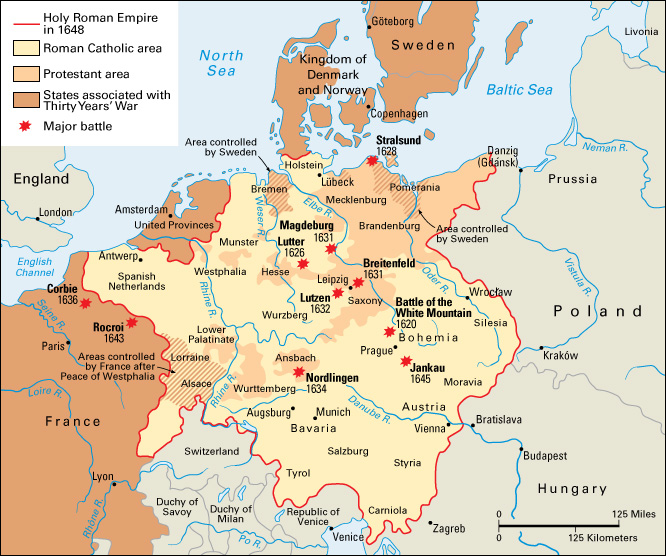
In 1620, the Habsburg armies defeated the nobles in the Battle of White Mountain. Almost all the nobles were killed or forced into exile. Bohemia then lost most of its self-governing powers. The Habsburgs made the people convert to Catholicism. They also forced most Czechs to give up their own language and culture and adopt German.
German culture dominated Bohemia until the late 1700’s. At about this time, industries began to develop in Bohemia and Moravia, and many Czech peasants moved to cities. Czech writers and other intellectuals worked to create a greater sense of national identity among Czechs. By the mid-1800’s, a movement for self-government had gathered strength. But Austria continued to rule Bohemia and Moravia. In 1867, Austria and Hungary formed a monarchy called Austria-Hungary.
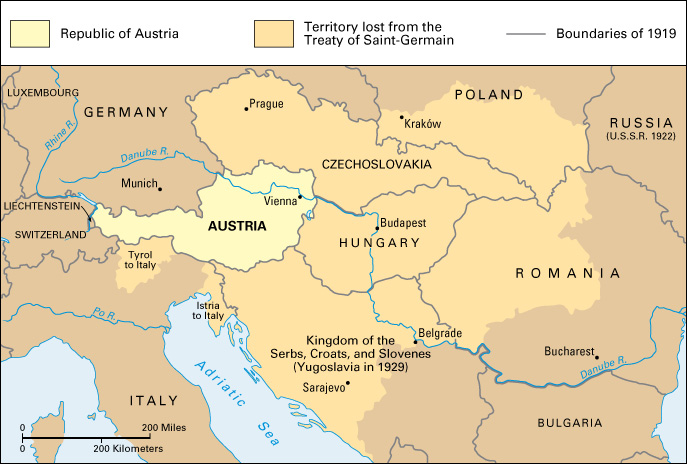
The creation of Czechoslovakia.
During World War I (1914-1918), Tomáš G. Masaryk and other Czech leaders sought support abroad for their idea of an independent state made up of Czechs and Slovaks. At the end of the war, Austria-Hungary collapsed, and Czechoslovakia was created from a part of it. The Czechoslovak Constitution established a democratic republic. 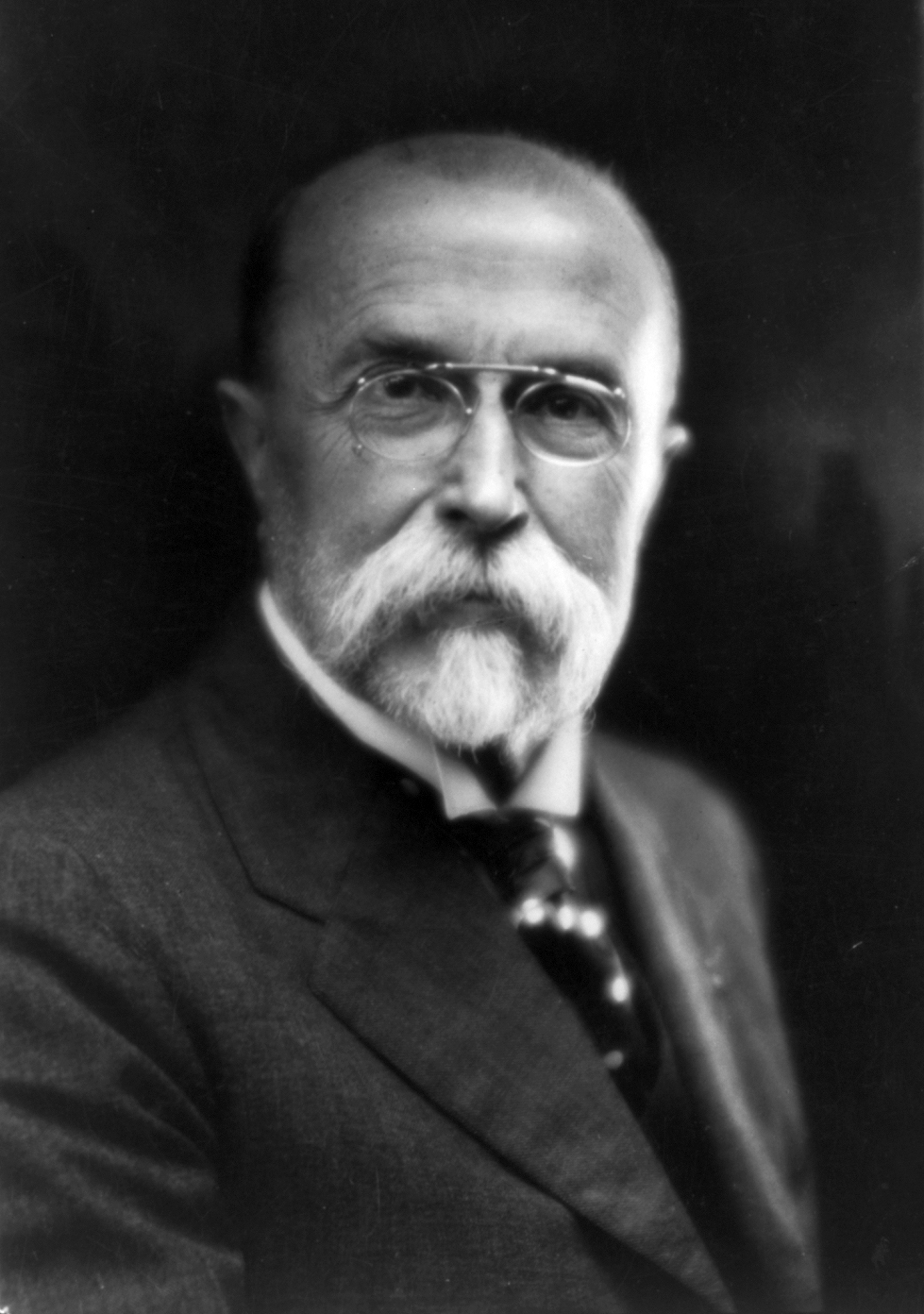
Masaryk served as president of Czechoslovakia from 1918 until 1935, when Eduard Beneš succeeded him. The 1920’s and early 1930’s were generally a period of political stability and prosperity in Czechoslovakia. However, the Czech-dominated government was less successful in dealing with the country’s minority groups. Many Slovaks began calling for broader powers of self-government. The Sudeten Germans—Germans living in the Sudetenland, the border regions of western Czechoslovakia—were also dissatisfied with Czech rule.
The Munich Agreement.
In 1938, German dictator Adolf Hitler used the dissatisfaction of the Sudeten Germans to pressure Czechoslovakia to give the Sudetenland to Germany. He threatened to declare war on Czechoslovakia if his demand was not met. In an attempt to avoid war, British and French leaders gave in to Hitler’s demand. They signed the famous Munich Agreement forcing Czechoslovakia to turn over the Sudetenland to Germany. Later that year, Poland and Hungary claimed parts of Czechoslovakia. In March 1939, a few months before World War II broke out, Germany seized the rest of Czechoslovakia. Slovakia became a separate state under German control, and German troops occupied Bohemia and Moravia. Beneš, who had resigned as president in 1938, established a government-in-exile in London.
The people of Bohemia and Moravia suffered greatly under German occupation. Nazis killed almost all the Jewish population. By 1945, Soviet troops had freed most of Czechoslovakia from the Germans. After World War II ended in 1945, the government-in-exile returned. Sudetenland was returned to Czechoslovakia, and over 2 million Germans were expelled from the region. 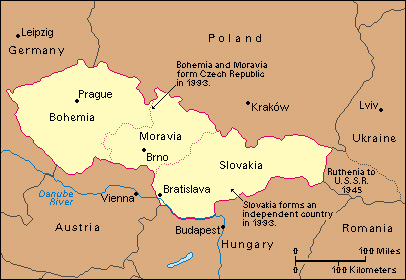
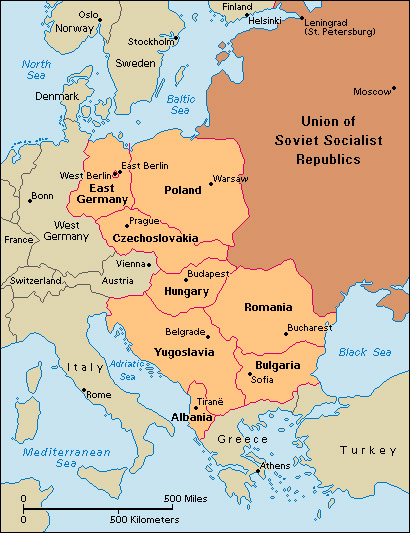
Communist rule.
Beneš formed a coalition government to lead postwar Czechoslovakia. Leaders of the Communist Party held many important positions in the new government. In national elections in 1946, the Communists won more votes than any other party. In 1948, they caused a crisis that led to the resignation of non-Communist government ministers. The Communists then formed a government that they dominated. Beneš soon resigned and was replaced by Communist Party chairman Klement Gottwald.
Czechoslovakia’s Communist leaders copied the Soviet model of Communist rule. The Communist Party became the only powerful political party. The government controlled the planning and production of all important goods. It took over nearly all the country’s land and forced most farmers to join state farms or collectives. Censorship became widespread. The power of the secret police grew, and Czechoslovakia became one of the Soviet Union’s most loyal allies.
The 1960’s.
During the 1960’s, economic performance in Czechoslovakia dropped. In addition, many Slovaks wanted greater recognition of Slovak rights. In 1968, Alexander Dubček became head of the Communist Party. Under Dubček, the government introduced a program of liberal reforms known as the Prague Spring or “socialism with a human face.” The press was granted greater freedom, and citizens were given a limited role in politics. But leaders of the Soviet Union and other European Communist nations feared that Dubček’s programs would weaken Communist control in Czechoslovakia. They also feared that people in other Communist countries would demand similar reforms. As a result, troops from the Soviet Union, Bulgaria, East Germany, Hungary, and Poland invaded Czechoslovakia in August 1968. Gustáv Husák replaced Dubček as head of the Communist Party in April 1969 and reversed most of the reforms. A small number of dissidents (political protesters) continued to oppose the government.
The Velvet Revolution.
During the late 1980’s, the standard of living in Czechoslovakia fell. Support for the Communist system also declined. The dissident movement grew, inspired by the democratic reforms that were taking place in the Soviet Union under Mikhail S. Gorbachev. In November 1989, large numbers of Czechs and Slovaks gathered in the streets of Prague to call for an end to Communist rule. Less than a month after the protests began, the Communist government resigned. Non-Communist leaders gained control of the government. The Federal Assembly elected Václav Havel, a non-Communist playwright, to succeed Husák as president. The end of Communist rule in Czechoslovakia occurred so smoothly and peacefully that it became known as the Velvet Revolution.
In free elections held in June 1990, Civic Forum—the Czech party that had emerged in 1989 to lead the Velvet Revolution—and its Slovak ally, Public Against Violence, won a majority of seats in the Federal Assembly. The Assembly reelected Havel president in July 1990.
Czechoslovakia’s new leaders restored such basic civil liberties as freedom of religion, speech, and the press. New laws were passed to change the legal system, restore property rights, and establish a free-enterprise economy. Czechoslovakia also reestablished friendly relations with Western nations, including the United States.
The breakup of Czechoslovakia.
After the non-Communist government took office, Czechs and Slovaks began to disagree over political and economic issues. The disagreements blocked the adoption of a new constitution and slowed economic reform. In mid-1992, Czech and Slovak leaders began to discuss splitting the country into two separate nations. Havel resigned, saying that he did not want to preside over the breakup of Czechoslovakia.
On Jan. 1, 1993, the Czech Republic and Slovakia were created to replace Czechoslovakia. Later in January, the Czech legislature elected Havel president of the Czech Republic.
Developments after independence.
After gaining independence, the Czech Republic maintained a well-developed economy and steady political system. In 1999, during Havel’s second term as president, the Czech Republic joined the North Atlantic Treaty Organization (NATO), a military alliance of Western nations. Václav Klaus became president of the Czech Republic in 2003. In 2004, the country joined the European Union (EU). The EU is an organization of European countries that promotes economic and political cooperation among its members. Klaus was reelected president in 2008. Miloš Zeman, a former prime minister of the Czech Republic, became president in 2013. He was reelected in 2018. Petr Pavel, a former army general, was elected president in 2023. 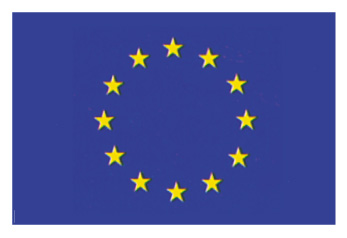
Beginning in 2020, the Czech Republic faced severe economic and social disruptions as a result of the COVID-19 pandemic. In March, the government declared a state of emergency, closing borders and issuing curfews to prevent the spread of the disease. The government later tightened or relaxed business and social restrictions based upon changes in infection rates. Starting in 2021, the distribution of COVID-19 vaccines became the major focus of efforts to combat the disease. Higher vaccination rates generally led to lower infection and death rates, but outbreaks continued to occur. By early 2023, more than 4 million COVID-19 infections had been recorded in the country, and more than 40,000 Czechs had died from the disease.
The deadliest mass shooting in the Czech Republic’s history took place in December 2023. A gunman killed 15 people, including 14 at Charles University in Prague, and wounded dozens of others.
